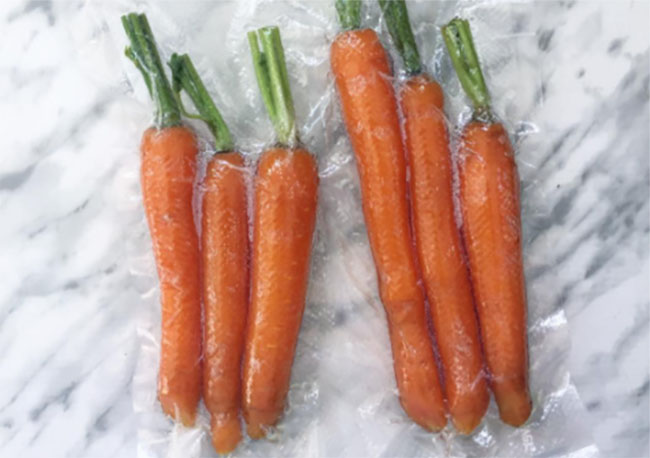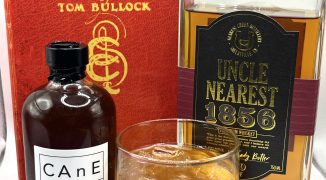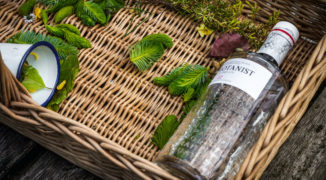Traditionally relegated to cooks in the kitchen, the sous vide technique is now finding its way behind the bar. Literally translated to “under vacuum,” sous vide is the method of sealing a food or liquid into a bag and immersing said bag into a temperature-controlled water bath where water is consistently and evenly circulated. This gently “cooks” the contents, so to speak, but in the cocktail world it does so much more than simply cook.
How sous vide is being used by bartenders
In terms of cocktails, the sous vide technique is primarily used as a means to extract flavor and infuse liquids. More than that, sous vide has the ability to extract a very pure, fresh flavor. So, for example, instead of sipping on what tastes like notes of cooked fruit, those flavor profiles tastes more like notes of freshly picked fruit.
“For syrups – like oleo saccharum – it’s an incredibly easy process,” says Angel Teta, a bartender at Portland, Oregon’s Spanish restaurant, Ataula. “I like to make my cordials by using equal parts unstrained juice to sugar, and sealing, then cooking for two hours at 60-degrees celsius. The flavor profiles come out bright, and make really great cocktail modifiers – or, with the addition of different acids, house sodas.”
She adds, “I also use it for a controlled infusion, as the ingredients are weighed every time, and the cook time is the same. You don’t have to worry about evaporation, either, as the bag is sealed.”
While more traditional (and therefore familiar) options of extracting and infusing flavor are currently more common among bartenders, sous vide is lauded by many because it’s quick and because there’s little variation in flavor profile.
“Sous vide is definitely fast. You can speed up what would take days, weeks or months and accomplish your infusion in minutes,” says Jason Asher, partner-owner at Barter & Shake. “We usually run between 130 to 145 degrees for around 90 to 120 minutes on spices. However, we take a gentle approach when using herbs — very low and very slow at 110 to 120 degrees for 120 to 150 minutes.”
Obviously, the ability to develop flavors quickly is a must for many bars. Equally as important, though, is flavor predictability.
Says Teta, “The main attraction to the sous vide technique to me, personally, is the consistency factor. When I develop recipes, and serve them on the daily, I want the drink to be the same every time it’s ordered.”
What you need to sous vide
If you want to experiment with sous vide, you have a couple of options in terms of equipment. For starters, you could create your own makeshift sous vide with a tightly sealed bag, “a simple thermometer and a pot with water,” says Asher. For this method, you need to keep an eye on the thermometer to make sure the temperature remains exactly where you need it.
If you want to go full blown sous vide pro, that will require an investment in machinery. Teta says Ataula uses Poly Science immersion circulator and a Vacmaster vacuum sealer, which are top-of-the-shelf and therefore pretty spendy. For something between homemade and luxury, Asher recommends a Sansair sous vide machine, which costs $200.
Once you begin experimenting, you’ll want to do so with utmost care.
“Due to the fact that you are heating up the liquid inside of the bag, liquid such as alcohol must be done cautiously,” notes Asher. “Alcohol evaporates around 173 degrees, so I try and stay around 20 degrees below that.”
If you overheat the contents, the bag could explode, which has actually happened to Teta. She learned from that mistake, though, and now charts her methods and results to see an “exact rate of success and fails” that she refers to for future experiments.
One last word of caution: “If you infuse items that have fat content into a spirit, you will also need to freeze-filter it after,” says Asher. “Allow the alcohol to freeze and the fat solids to coagulate, then pass the liquid through a fryer or coffee filter to remove the fat solids.”
Though the technique may sound complex to beginners, many argue it’s not really that complicated, and that the ultimate payoff is worth any of the initial work you put into learning.





